By October, it’s hard to deny that autumn is here to stay. Whether your fall is mild or cool and stormy, there’s no denying the changes of the season.
Though many of us, even in colder zones, still have some gardening of some sort happening, it’s definitely taking a turn. Frost may or may not have hit your area yet, but the shorter, cooler days slow the growth of what is still growing.
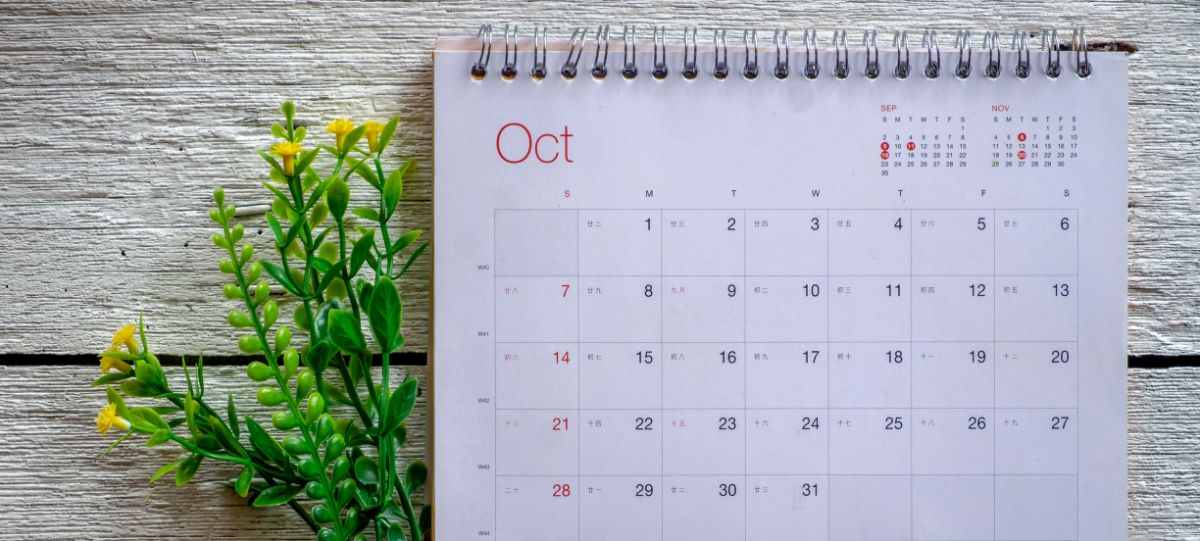
It’s not all bad, though; fall’s cooler temperatures turn out some stellar fruits and vegetables, concentrating sugars and flavors in root crops in a way that summer never could and reinvigorating plants like broccoli and Brussels sprouts that don’t like the heat.
The lighter demands of the fall garden give us time to prepare for some new crops and future plantings and to reflect on what we want our gardening future to look like.
As we move through this month and start to put the garden to bed, there are still—always—some things we can and should be doing as gardeners. Which brings us to these
Ten Top Tasks Smart Gardeners Do in October
A bit of effort in October can make your spring gardening go much smoother. Plus, you’ll probably enjoy the slower pace of October gardening.
Jump to:
- 1. Cure and Store Cold-Storage Crops
- 2. Collect Leaves and Clippings for Mulching and Amending
- 3. Plant Garlic, Onions, and Fall Bulbs
- 4. Feed Perennial Vegetable Plants
- 5. Mulch Bulb Beds and Perennials
- 6. Apply “Hot” Manures to Dormant Garden Beds
- 7. Lay Out New Garden Beds for Spring (Easy Mulching Method)
- 8. Take in Trellises and Fencing
- 9. Clean Up Your Garden and Put It to Bed
- 10. Clean Garden Tools
- BONUS: Host a Harvest Dinner!
- Time for a Slow Down
1. Cure and Store Cold-Storage Crops
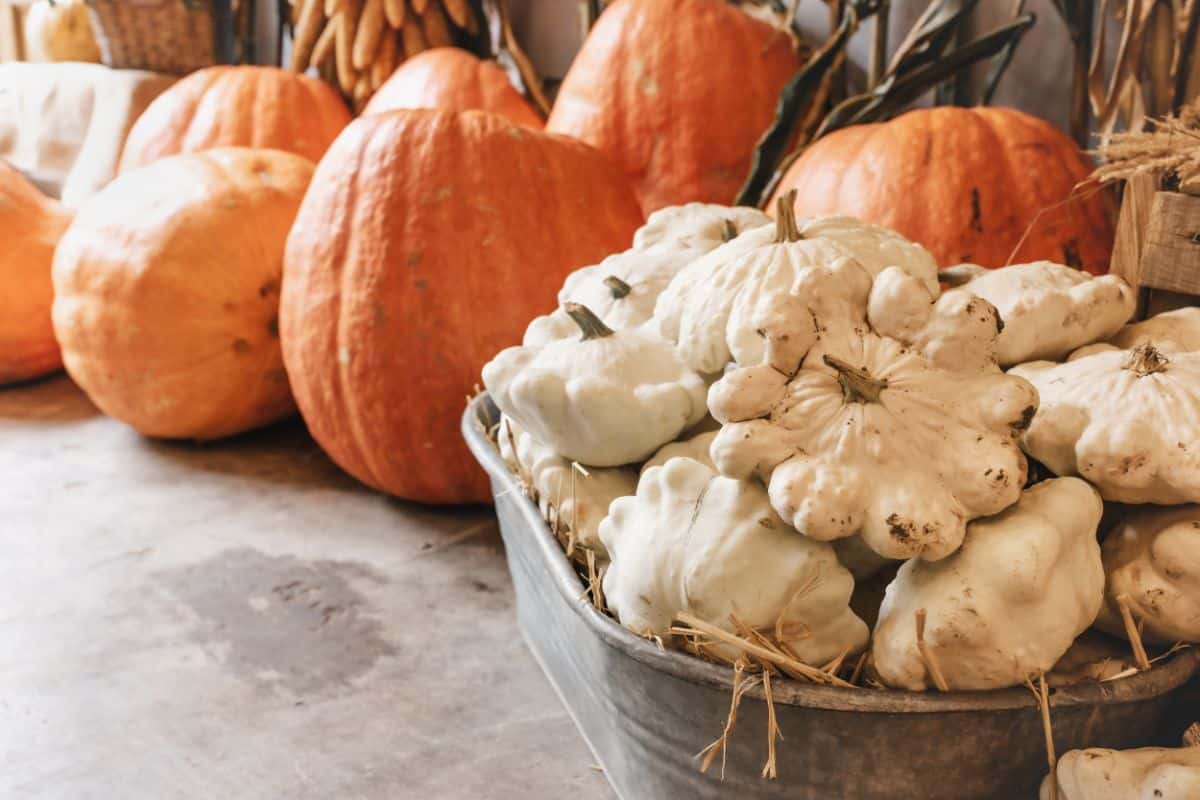
If you grew vegetables that will be stored in cold storage (like a cool basement or root cellar), they should be cured before you tuck them away.
Potatoes and onions typically get cleaned of excess dirt, then laid out for the skins to dry and harden, then stored.
For things like squash and pumpkins, many old-time resources say to wipe them down with a vinegar and water solution, which will kill surface pathogens, then keep them in a warm place (70 to 80F) to cure for two weeks before storing at around 50F.
There is a good chart and easy-access information from Territorial Seed Company on their site that lists curing times, ripening times, and optimal storage conditions for all types of pumpkins and squash.
2. Collect Leaves and Clippings for Mulching and Amending
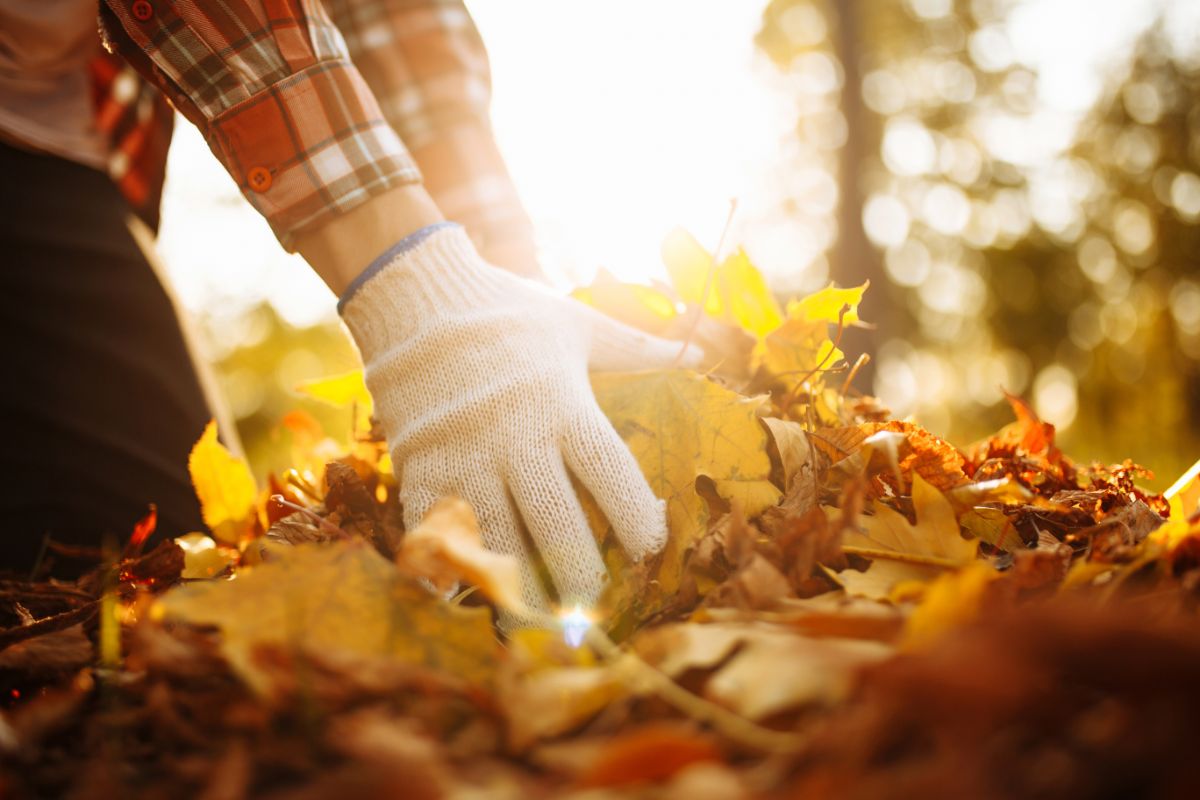
Mulching makes the list of great garden things to do in many months of the year. You’re either mulching for moisture and water control, mulching for weed suppression, or mulching to protect overwintering perennial roots and crops.
That adds up to be a lot of mulch. That can get expensive.
You know what’s not expensive? The abundance of natural, beneficial mulching and amendment materials that will literally be falling from the sky this month. Yes, we’re talking about leaves.
Collect leaves and grass clippings from your fall cleanup. These make perfect mulches for garden beds and are great as soil amendments, too. Using these natural materials can help replenish spent soils or help improve the quality of hard soils.
If you have leftover material when you’re done mulching, bag it for future use or add it to your compost pile. In the spring, you'll have some excellent fertilizing amendment to add to your garden.
Even pine needles have many great uses in the garden so, collect those as they fall, too!
3. Plant Garlic, Onions, and Fall Bulbs
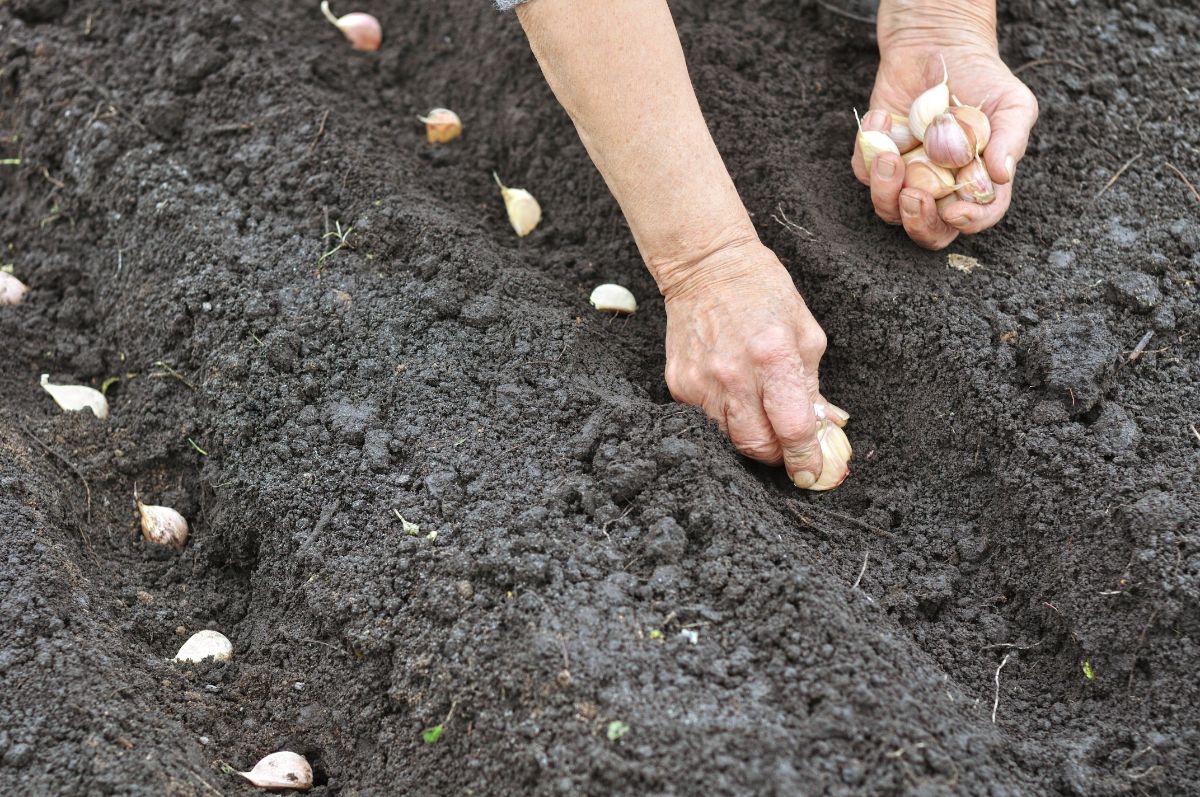
October is prime time for planting garlic for next summer’s harvest. It is also prime time for planting spring-flowering hardy bulbs like daffodils, snowdrops, hyacinths, and tulips.
You can even plant onion bulbs (onion sets) in the fall to overwinter, just like you plant garlic in the fall. This is a real time-saver in the spring, but also gives your onions an early start and plenty of time to grow to a large size.
You can plant overwintering onions from sets planted in the fall at least down to zone four and five (with probable success in zone three—zone three might want to do a test run for a season first).
4. Feed Perennial Vegetable Plants
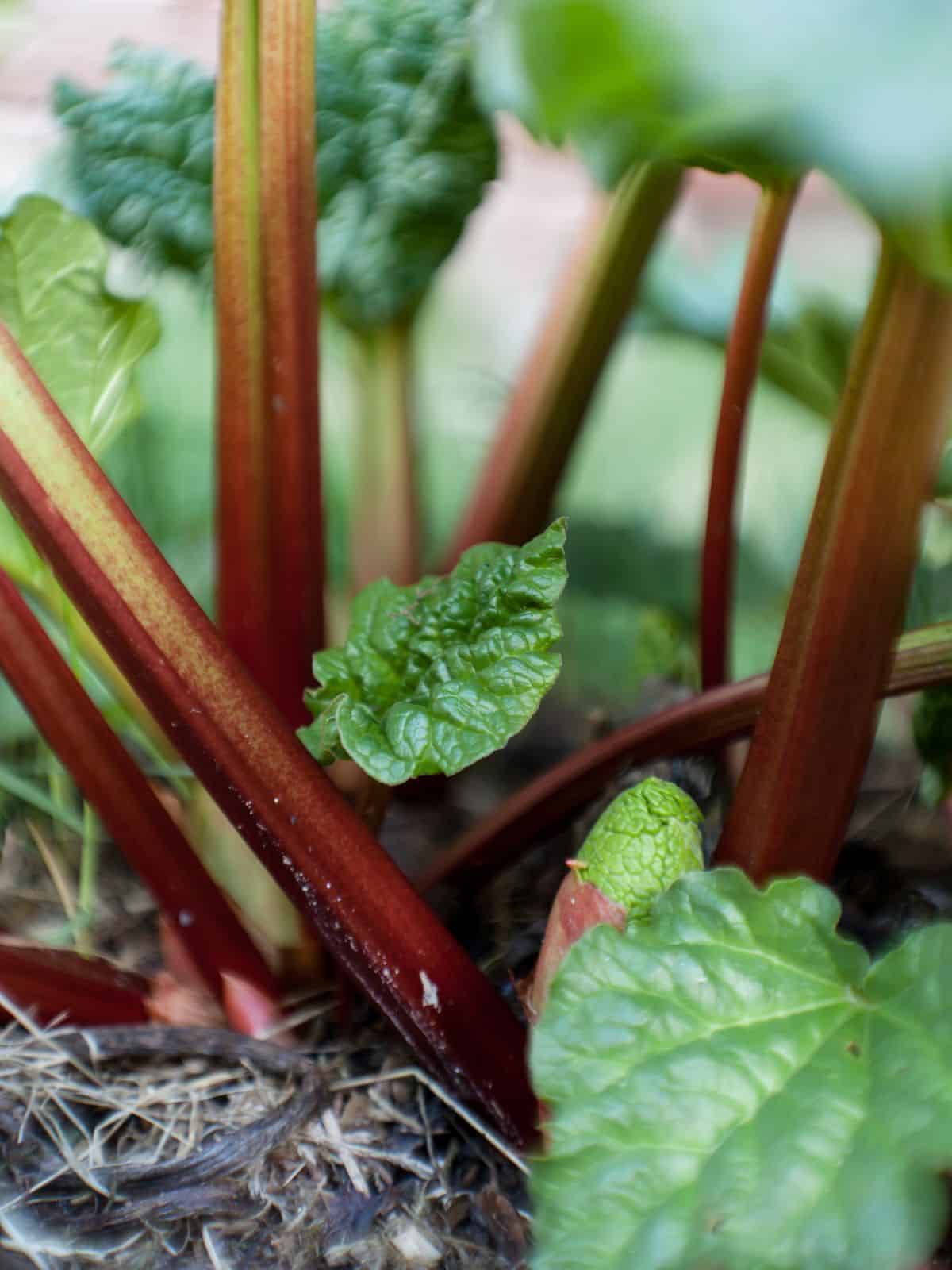
Fall, and October in particular, is a good time to fertilize perennial vegetable plants and food crops. It’s a popular time to fertilize lawns and ornamental perennials, too, but too often we overlook perennial food crops, so be sure to give them their due.
Fruit trees and berry shrubs, bulbs, berry patches, and heavy feeders like asparagus and rhubarb will benefit from a fall feeding.
Fertilizing in the fall promotes strong roots, which will help your plants survive winter and give them the strongest start in the spring.
5. Mulch Bulb Beds and Perennials
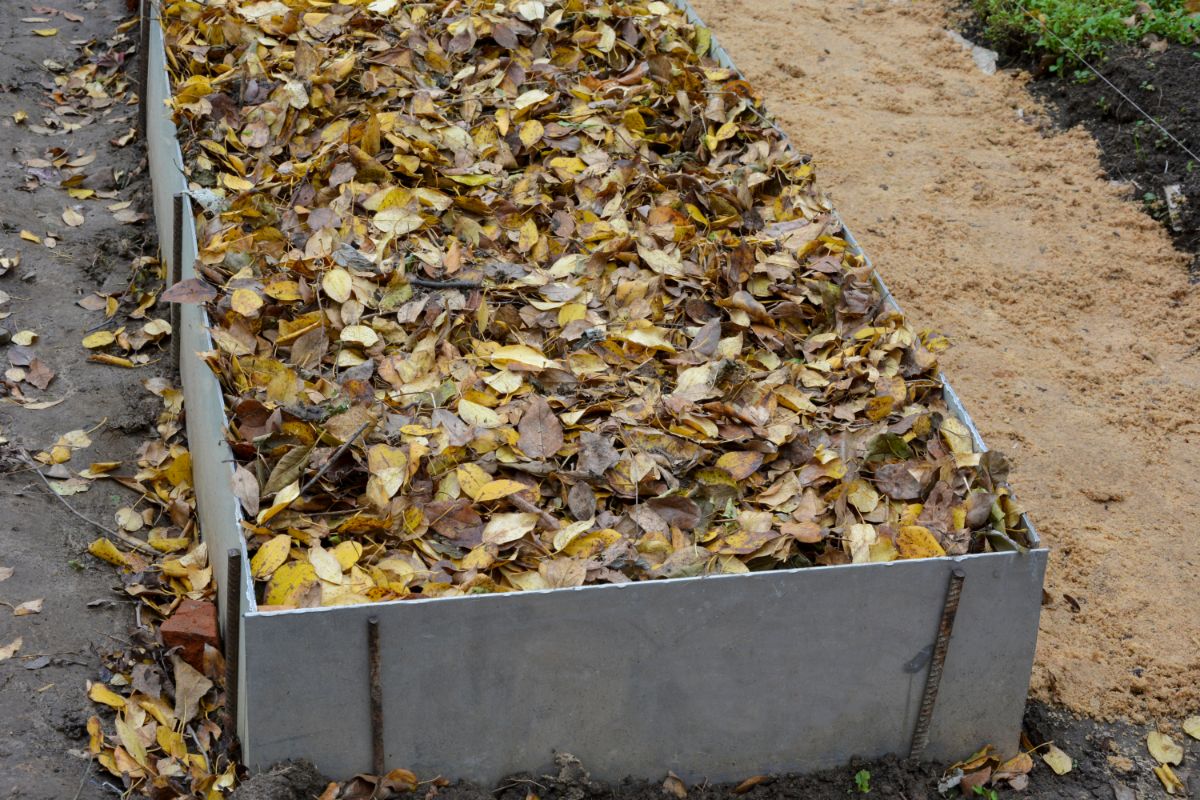
After you’ve planted and fed the old perennials and the new fall-planted plants and bulbs, it’s time to mulch them.
Grab those bags and piles of leaves and clippings and give a good covering layer to your onion, garlic, and bulb beds, as well as to the root areas of bushes, berries, and perennial herbs, rhubarb, and asparagus.
This will provide some added protection for the roots, so they don’t freeze too much or shatter underground or cause winterkill. By mulching in October, you’ll mulch before winter freezes and frost starts to set into the ground, and you’ll make sure you get it done in case of an early winter or early snows.
6. Apply “Hot” Manures to Dormant Garden Beds
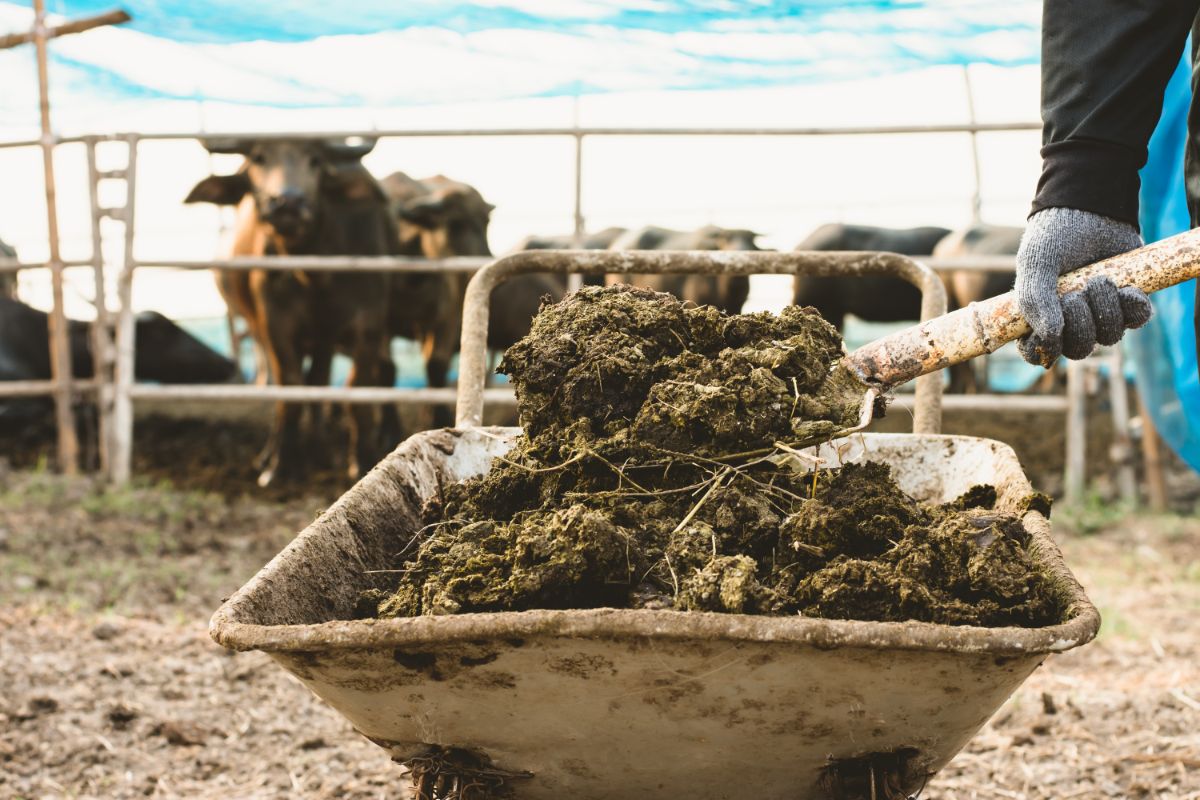
Once your garden is done growing, you can apply any “hot” fertilizers that you might have. These might include cow manure, horse manure, or chicken manure.
It’s not normally recommended to apply hot manure straight to the garden because it will burn your plants and their roots, stunting, damaging, or even killing them. However, you can apply it in the fall months as long as you are not applying it to live plants. Then, it can age in place throughout the winter, leach into the ground, and provide a perfectly fertile growing bed for your plants in the spring—ready-made compost in place!
7. Lay Out New Garden Beds for Spring (Easy Mulching Method)
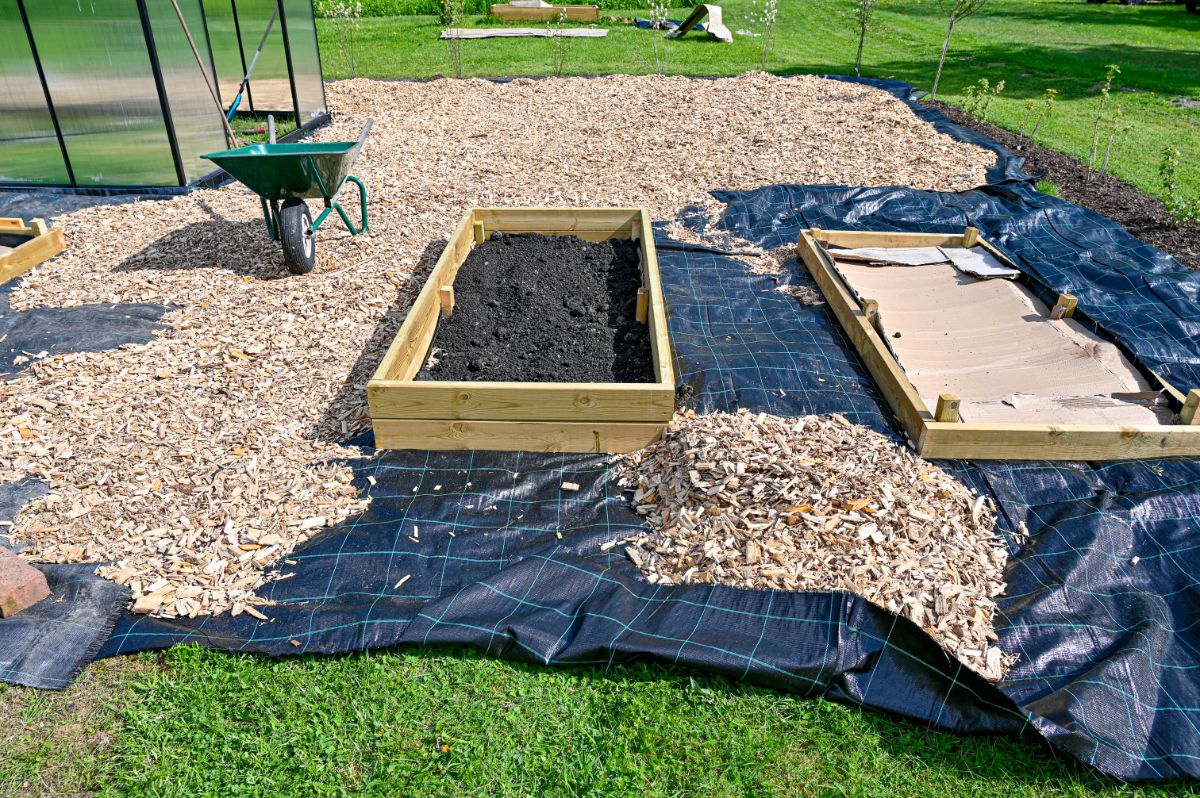
Have a new garden bed planned for the spring? Some landscape mulching in mind?
Get a jump on it and make a no-till garden bed this October. It’s simple, and all you need is some cardboard or layers of heavy paper or newspaper and some mulch (which you might find on clearance this time of year).
Map out the space where you want your bed to be, then cover it over. Any weeds or grasses that are living there now will be smothered and killed. Any future weeds and seeds won’t be able to come up through the heavy barrier in the spring.
Don’t worry about planting it now, just get it ready and start smothering out those weeds and grasses. In the spring, it’ll be ready for planting, and perhaps a fresh light layer of ornamental mulch to dress it up.
8. Take in Trellises and Fencing
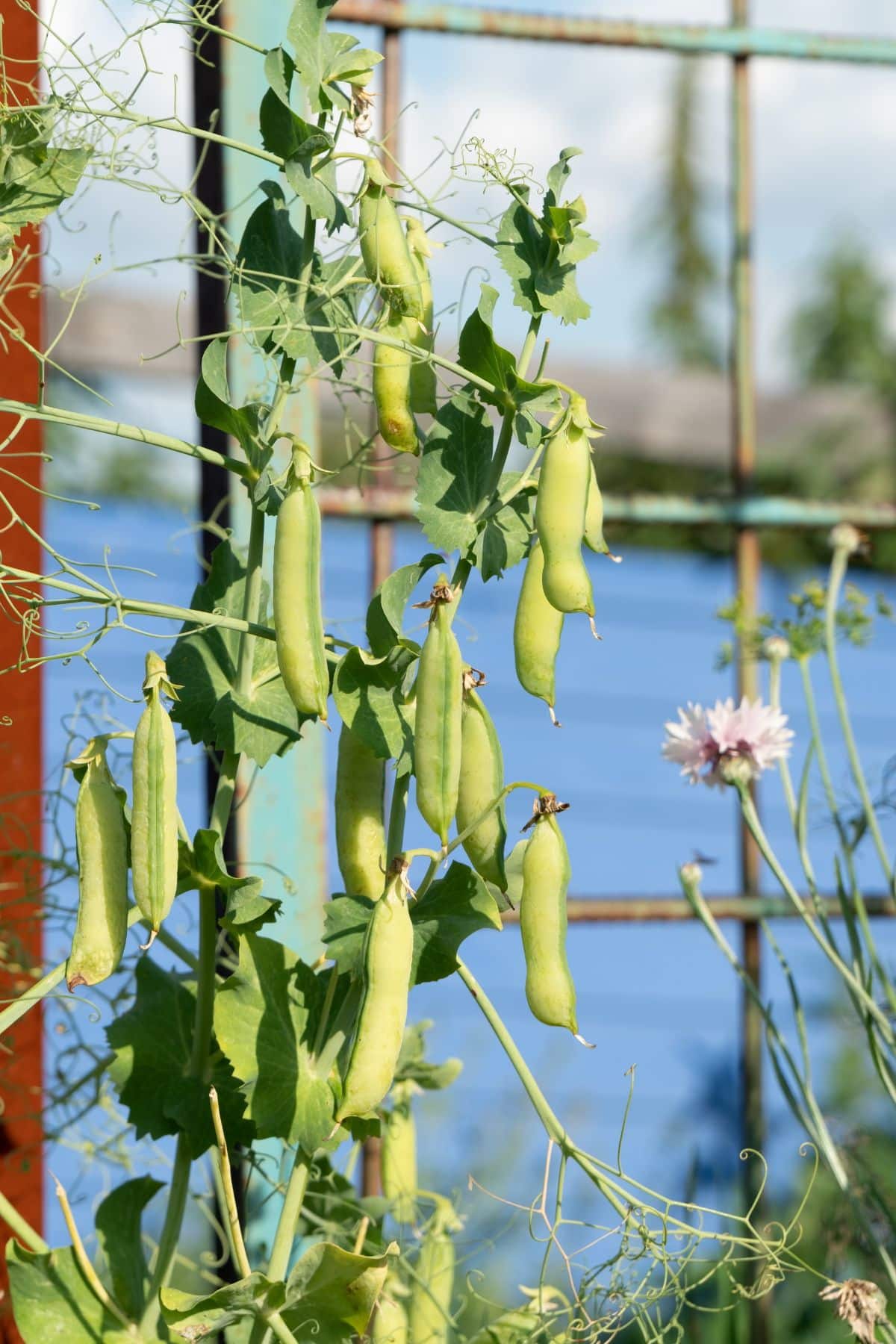
To the extent that it is manageable and reasonable for you to do so, you should take down any trellises and climbing fences in October. If you put up trellis or fencing for things like peas or growing cucumbers and squash on climbing fences, remove and store those fences for the winter once those crops are done.
Taking in your garden supports, trellises, and fences will greatly prolong their useful life. This can save you a lot of money down the road. And let’s face it—fencing and trellises never get less expensive.
9. Clean Up Your Garden and Put It to Bed

Yes, you’re tired, but on one of those nice, crisp, sunshiny fall days, take yourself out to your garden for one last hurrah and give it a good fall garden cleanup. Your future spring gardening self will thank you.
You will also help to remove dormant pests and their eggs, dissuade mice and other burrowing creatures from making your garden their home, and dispose of diseased materials that can spread plant diseases to next year’s garden.
Don’t take the problems of this year into your next garden season. Clean up now and start fresh in the spring.
10. Clean Garden Tools
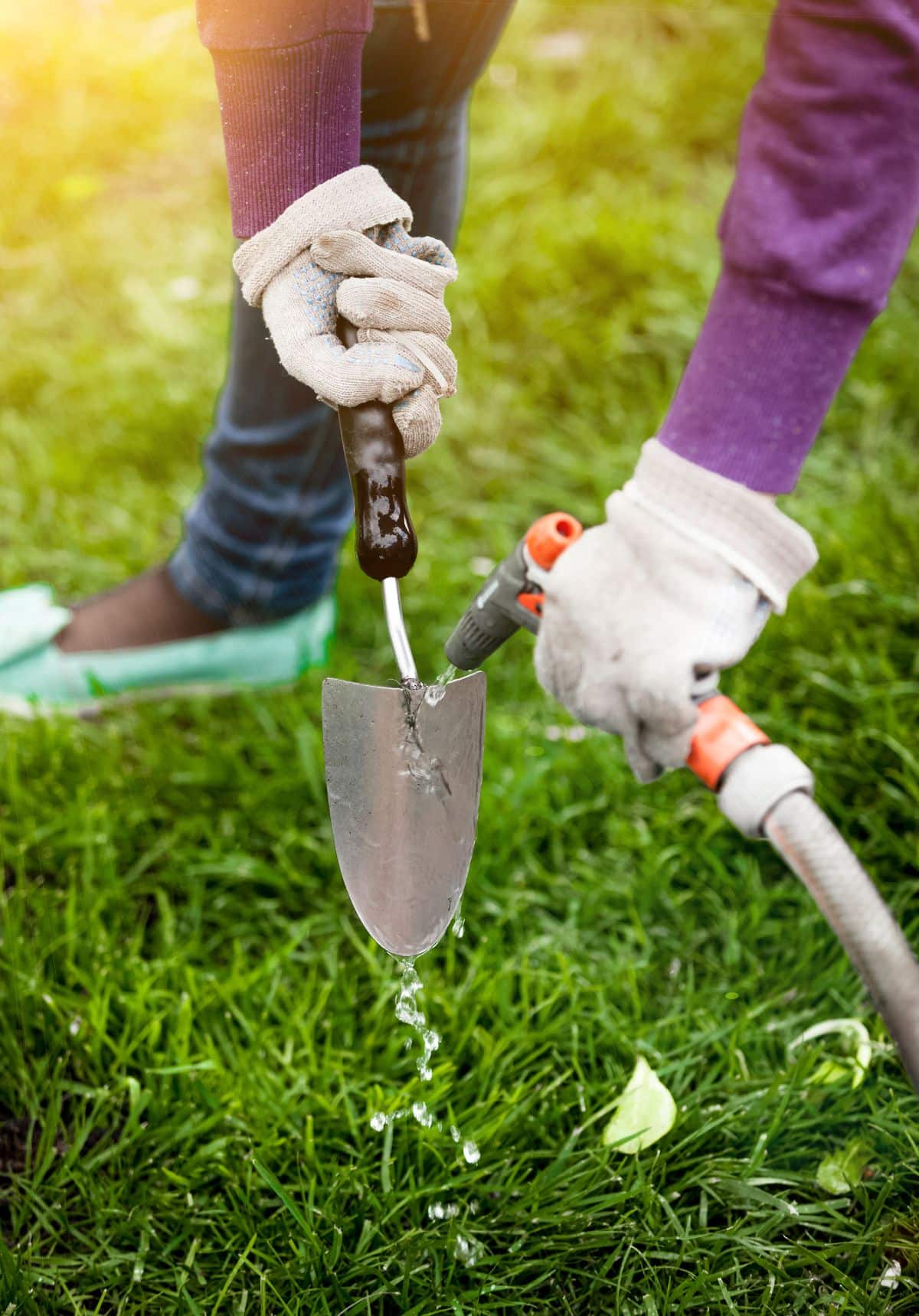
The last step in your garden cleanup and in putting your season to bed is to clean your garden tools and store them right.
Good garden tools are a treasure. Protect your favorites and keep them around for a long time. Spend a few minutes at the end of the season to save a lot of money and headache (and possible injury) in the future.
BONUS: Host a Harvest Dinner!
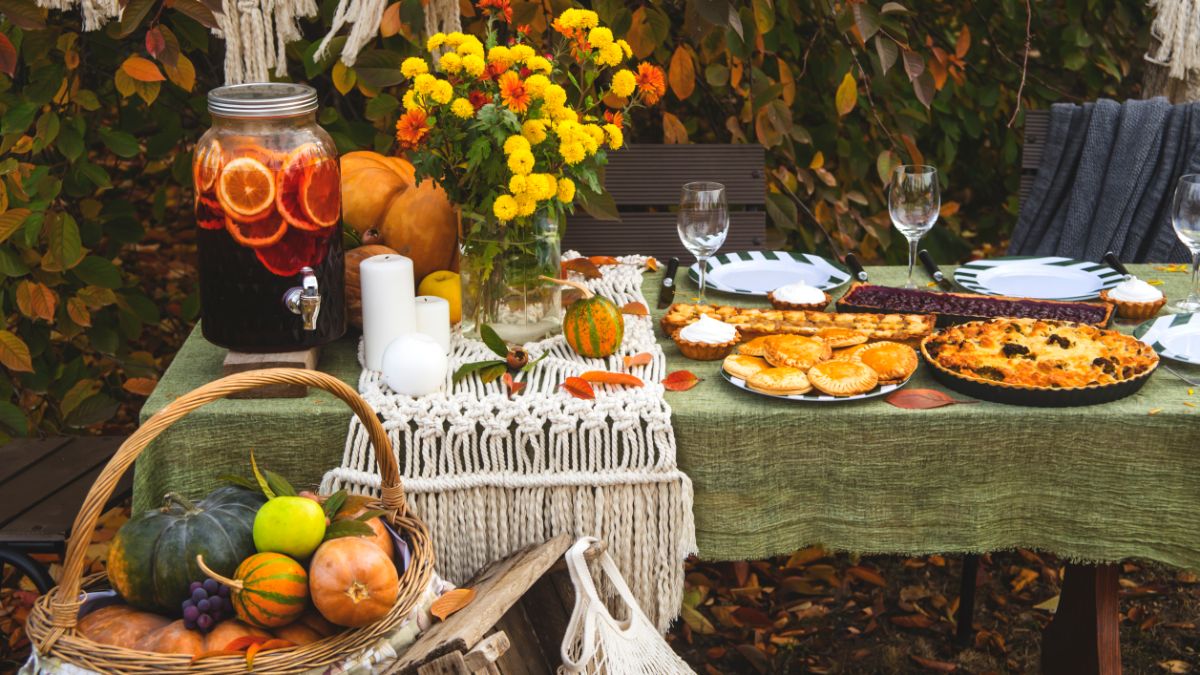
Enjoy the fruits of your labor! Invite a few of your favorite friends (the kind that can appreciate the work and the gift of good, wholesome, homegrown food), and celebrate your harvest!
Pull out some of those beautiful canned goods. Create some dishes with those preserved foods of early summer. Cook some hearty soups and enjoy the tastes of fall apples, fruit, squashes, and more. Have fun and be creative! Or just enjoy some simple comfort foods from food you grew yourself.
In this sweet lull between summer’s busy-ness and the crazy holiday season, spend some time and some good food with some people who are important to you. Show yourself off a little and enjoy your hard work!
Time for a Slow Down

We appreciate fall and the month of October for the unique garden gift that it is. If we’re honest, the slow down and the stress and pressure of keeping up with summer weeds and harvests is a bit of a welcome reprieve. We have time to look back on the season that’s passed, give thanks, adjust, and look forward to a rest and a new season next year. Savor the lovely month of October in the garden.

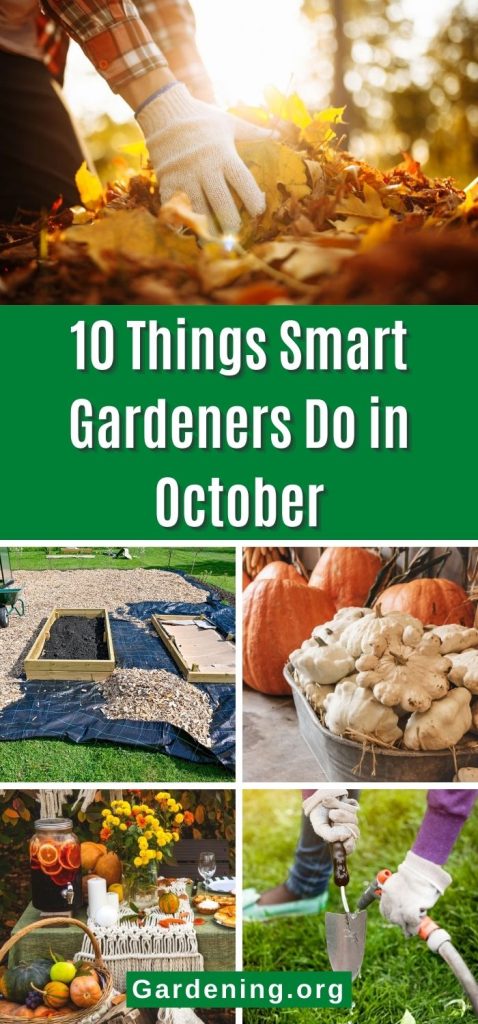
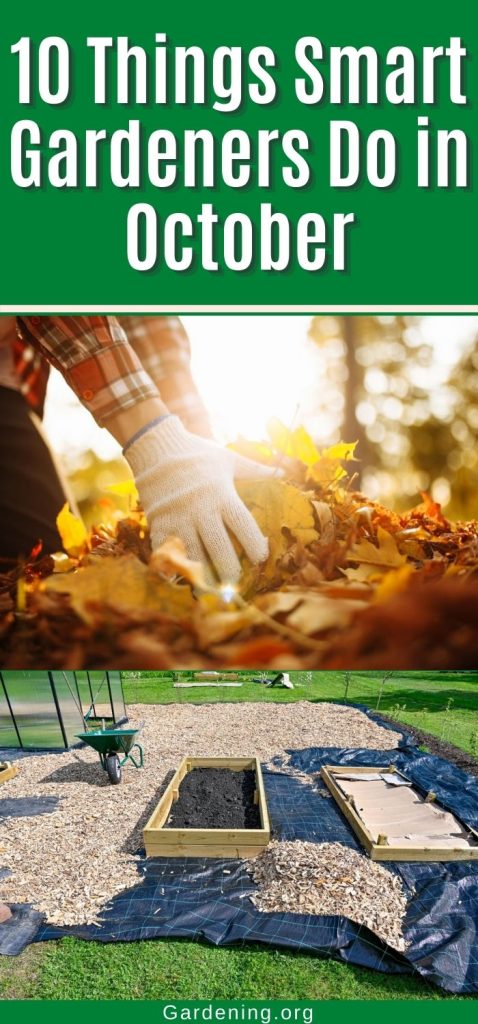
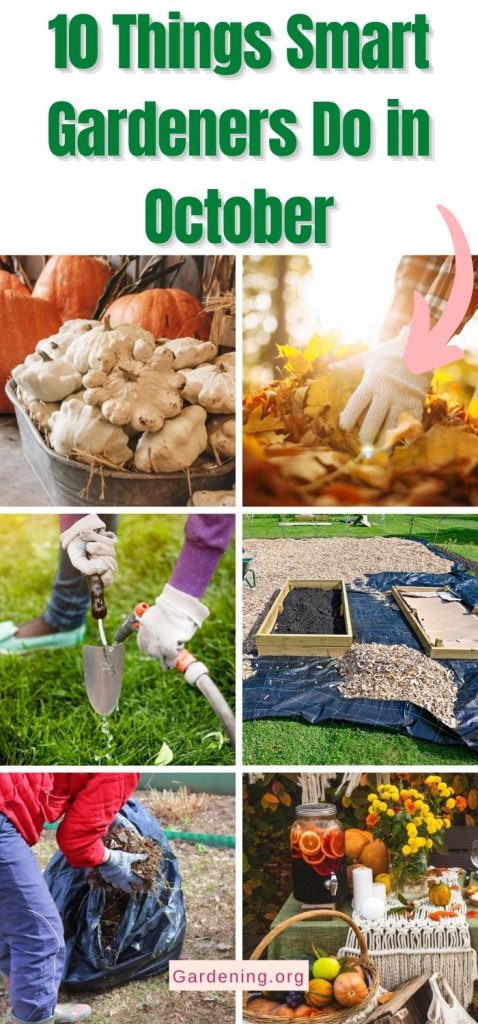
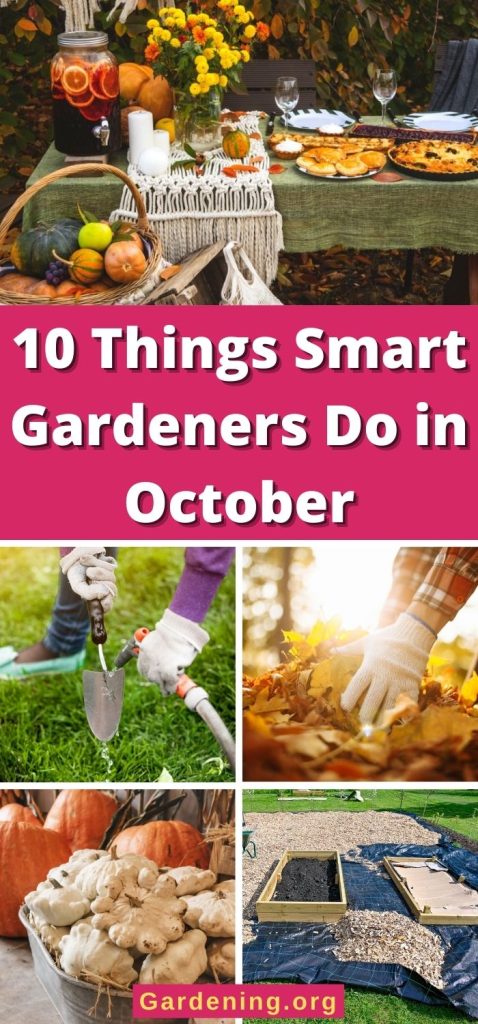




Shubhra Nandi
Excellent picture of work and gardening pleasure. I love it.
Thank you.
T. M. Kraemer
I’m a fairly new gardener in my retirement years. I’ve gardened occasionally in the yards of rented apartments over the years, but now have my own yard and am learning a more intensive yearly cycle of growing vegetables and perennials. I very much appreciate the practical advice and suggestions on this site! Also, it’s very easy to navigate this site to find the subject or category I need. You are a factual no-nonsense source of knowledge and very helpful to me. Thank you!
Mary Ward
You're welcome! SO glad it's helpful. Welcome to the club!!